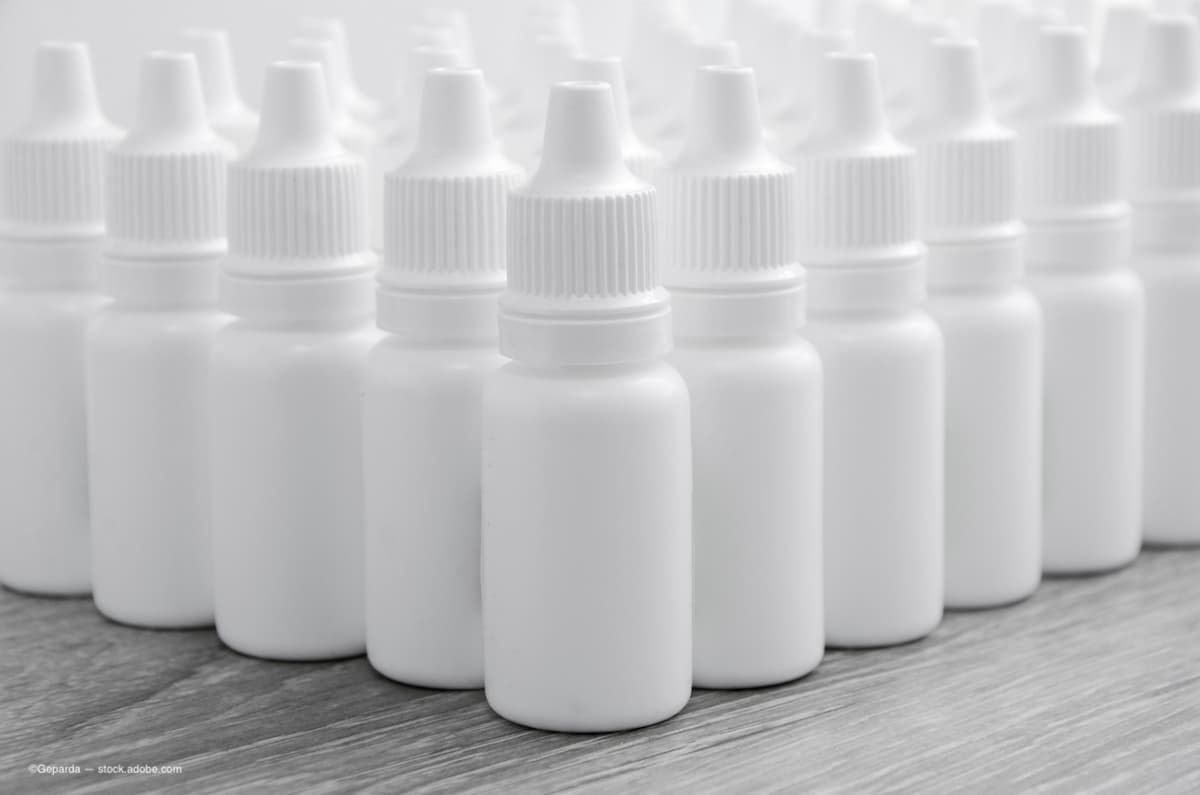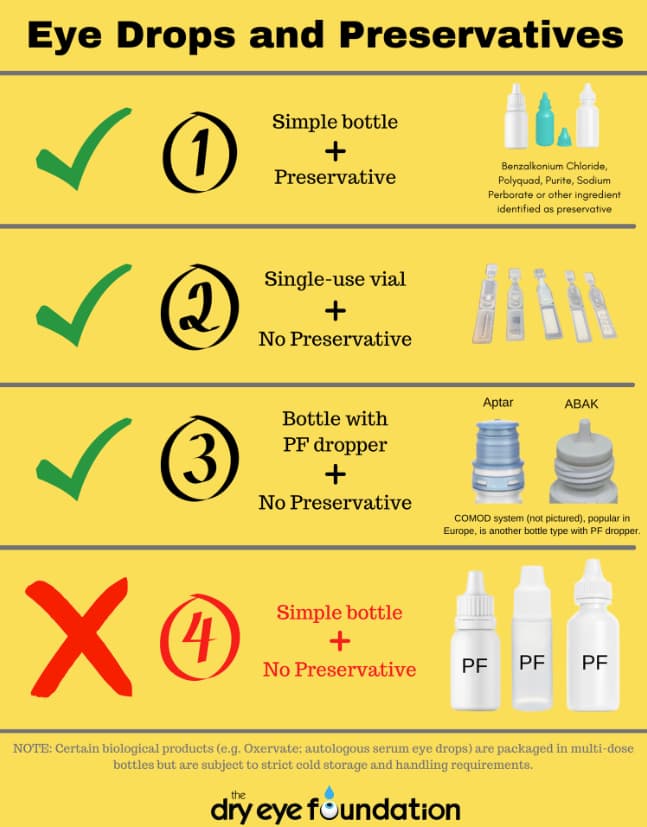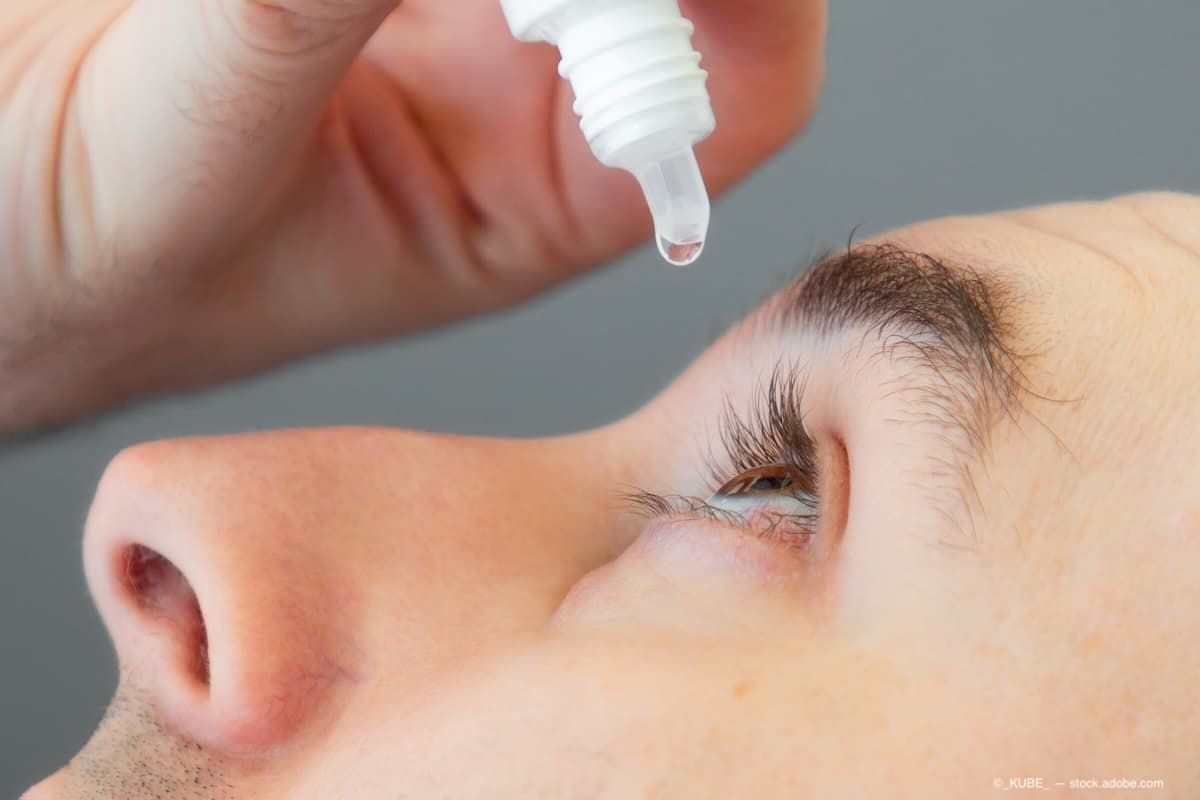Article
Dry Eye Foundation continues to warn against the use of unverified and unsafe eye drops
Author(s):
From ingredients that should not be included to ingredients that should be but are not, and improper storage and manufacturing, numerous eye drops have raised safety concerns.
(Image Credit: AdobeStock/Geparda)

The Dry Eye Foundation is warning against the use of certain eye drops marketed for use in the United States.
From ingredients that should not be included to ingredients that should be but are not, and improper storage and manufacturing, Sandra Brown, MD, Dry Eye Foundation board member and medical advisor, has been sounding the alarm since the beginning of 2022.
In April 2022, the Dry Eye Foundation alerted the FDA to 2 brands of unapproved biologic eye drops being distributed commercially as prescription drugs.
“We've been banging this drum since first quarter, early second quarter of 2022,” Brown said. “The exact safety issue is that you cannot put a multidose eye drop that does not contain preservative in a bottle.”
Brown explained the reasoning behind this sentiment, in that preservative-free eye drops need to be put into a bottle specifically designed for them.
“Recently, thankfully, they've developed a special type of dropper that can be used with preservative-free eyedrops,” she said. “You can usually, easily, identify the bottle because it’s got kind of a funny sort of square cap on it [and] is called a multi-dose preservative-free dropper, an MDPF dropper. You cannot take a non-preserved eye drop and put it in a standard bottle. Because it does not prevent backwash.”
Brown described backwash as when the tip of the dropper becomes contaminated, then you let go of the squeeze, the bottle sucks contaminated liquid back into the bottle.
This is one of the reasons preservative-free bottles cannot be put into ordinary bottles, as ordinary bottles do not protect against backwash, according to Brown.
The Dry Eye Foundation includes a list of products that it has concern over on its website. Currently, there are more than 30 brands and even more products that the foundation has listed as an “orange level alert.”
(Image Courtesy Dry Eye Foundation)

The foundation defines an “orange level alert” by the potential for non-sterility of the eye drops because it is an unregistered or unlisted drug, or it is registered or listed, but has red flags. For instance, eye drops that are registered with the FDA contain ingredients not permitted in OTC eye drops or not recognized as preservatives. While some are packaged in conventional multi-dose bottles despite being preservative-free. Which was an issue seen with EzriCare eye drops.
EzriCare eye drops are included in the foundation's “red alerts” which are CDC Health Alerts, FDA Public Safety Notifications, and Class 1 Recalls pertaining to over-the-counter eye drops.
EzriCare eye drops are a product from Global Pharma Healthcare, where an FDA inspection found dozens of contamination issues in a facility in India.
These eye drops were responsible for an outbreak of VIM-GES-CRPA, a rare strain of extensively drug-resistant Pseudomonas aeruginosa, which has not before been identified in the US according to the CDC.
Brown stressed the importance of the unique genetic signature of this strain.
“That's the key thing is that it has a unique genetic signature. and the fact that it's caused serious infection in people from one end of the country to the other, and it has a unique genetic signature means it came over on the boat,” said Brown. “So yes, it's a problem that it was a standard eye drop bottle with no preservative, but it also was contaminated during manufacture … one of the things that [preservatives] are supposed to be able to kill [are] pseudomonas.
You can view a complete list of the alerts and products to be wary of online.
Brown listed some of the ingredients to look out for; “Anything that says, ‘contains vitamins, MSN, amino acids, honey.’ Those are common ingredients that are not allowed in an over-the-counter eyedrops.”
The ease of purchasing eye drops online thanks to websites like Amazon are a greater reason for concern and awareness, said Brown. Consumers need to be sure to “know your seller” when purchasing online.
“It is a buy-at-your-own-risk kind of approach. It allows these products to reach a really wide audience. So, before Amazon took the entry care listing down, it had close to 2500 reviews with a 4.5 star review,” said Brown.
To be safe on purchases, Brown encourages using DailyMed to verify the product.
“What I do say is step one, go to DailyMed, if It's not listed on DailyMed, do not buy it,” she said. “But understand that just being listed on DailyMed, does not mean it's alright.”
Becoming educated on the process of FDA protocols and the ingredients that are included in the products that are being purchased and used are one of the most important acts of self-awareness according to Brown.
“I think my message to ophthalmologists is that EzriCare has taught us that we have to pay more attention to our patients over the counter products,” Brown concluded. “It is time to start looking at them. So have the patients bring them in, dump out their bottles. Check to be sure
they are not using something weird, or, you know, some off-price brand. Especially if the patient's having some strange problem you cannot get on top of, consider whether or not it is actually their over-the-counter products.”
Newsletter
Don’t miss out—get Ophthalmology Times updates on the latest clinical advancements and expert interviews, straight to your inbox.




